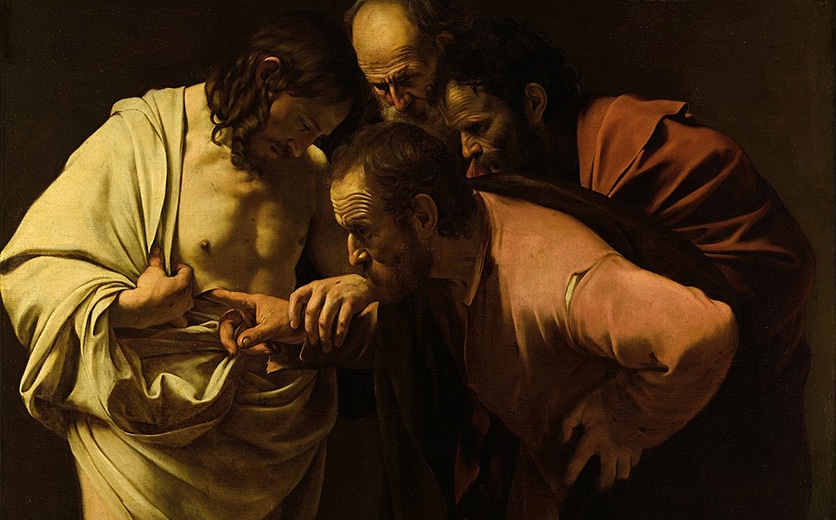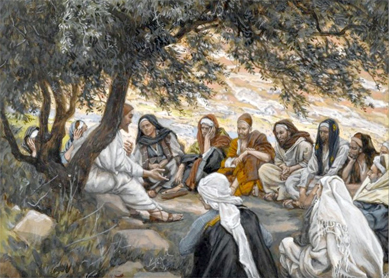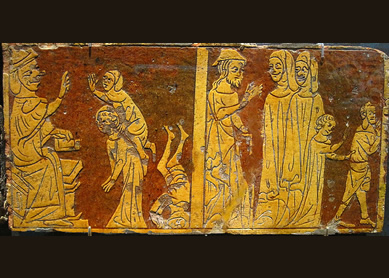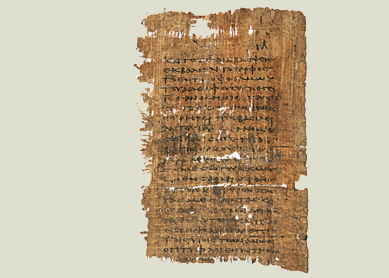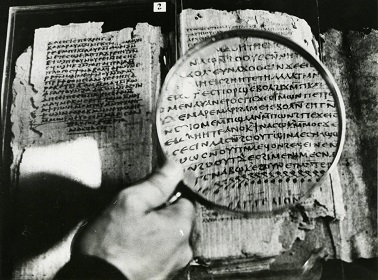The disciple Thomas is an intriguing character. Although barely mentioned in the New Testament, he becomes a key figure in early Christianity, a symbol of perfected knowledge and spiritual belief.
How does Thomas appear within the New Testament?
In the Synoptic Gospels and the Acts of the Apostles, Thomas appears only in the list of the twelve disciples (Matt 10:3; Mark 3:18; Luke 6:15; Acts 1:13). But in the Gospel of John, his character appears on four different occasions (11:16; 14:5; 20:24–28; 21:2). Though Thomas has been traditionally remembered as a skeptic (hence the phrase “doubting Thomas”), in the Gospel of John he emerges as a paradigmatic believer. In 11:16, Thomas’s exhortation that the disciples go and die with Jesus, irrespective of the growing antagonism against their teacher, characterizes him as brave. His question in 14:5—“Lord, we do not know where you are going. How can we know the way?”—could reveal Thomas to be a seeker of truth.
Thomas’s engagement with Jesus and the other disciples reaches its apex in his most profound utterance in John 20. In this narrative, Jesus appears to the disciples after his death. Thomas is initially absent and declares that he “will not believe” (20:25) in the resurrection without seeing Jesus himself. This conviction evaporates when Thomas sees the resurrected Jesus and declares him to be “My Lord and my God” (20:28). With these words, Thomas articulates his belief in a way that dispels any doubt readers might have about his commitment to Jesus. His words portray him as one who unequivocally recognizes Jesus as God. Thomas’s appearance among the seven disciples in 21:1–2 shows his continued association with the Johannine community after Jesus’s death.
How does Thomas appear within early Christian apocryphal writings?
The apocryphal documents portray Thomas as one whose special relationship with Jesus grants him access to secret knowledge. For example, in the Infancy Gospel of Thomas, Thomas is presented as knowledgeable of events from Jesus’s childhood (Inf. Gos. Thom. 1). In the Gospel of Thomas, Thomas is presented as a disciple capable of communicating effectively the hidden meaning of Jesus’s sayings (Gos. Thom. 1). He is presented as a believer who has gained esoteric knowledge and possesses a nonhypocritical attitude. The Book of Thomas the Contender reinforces this theme. In this text, Jesus has a closer relationship with Thomas as a sharer of secret truth and revealer of hidden sayings (Bk. Thom. 138.21–26). The development of Thomas from ignorance to perfection is presented as a paradigm for others (Bk. Thom. 140.5–14). In the Acts of Thomas, Thomas’s travels take him beyond the Greco-Roman world to Indo-Parthia, the area now known as Pakistan and northwestern India (Acts Thom. 1). This novelistic fiction focuses on Thomas’s cross-cultural mission to reveal the wisdom of Christianity to the ends of the earth.
Building on Thomas’s depiction in the Gospel of John, these apocryphal documents introduce Thomas as the spiritual twin of Jesus, one who is in constant discourse with him, and one who has drunk in the wisdom of God.
Bibliography
- Bonney, William. Caused to Believe: The Doubting Thomas Story at the Climax of John’s Christological Narrative. Brill, 2002.
- Pagels, Elaine. Beyond Belief: The Secret Gospel of Thomas. Vintage, 2004.
- Stang, Charles M. Our Divine Double. Harvard University Press, 2016.
- Sylva, Dennis Thomas. Thomas—Love as Strong as Death: Faith and Commitment in the Fourth Gospel. LNTS 434. Bloomsbury, 2013.
- Thomaskutty, Johnson. Saint Thomas the Apostle: New Testament, Apocrypha, and Historical Traditions. T&T Clark Jewish and Christian Texts Series 25. Bloomsbury, 2018.
